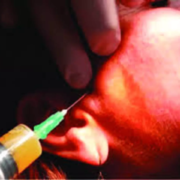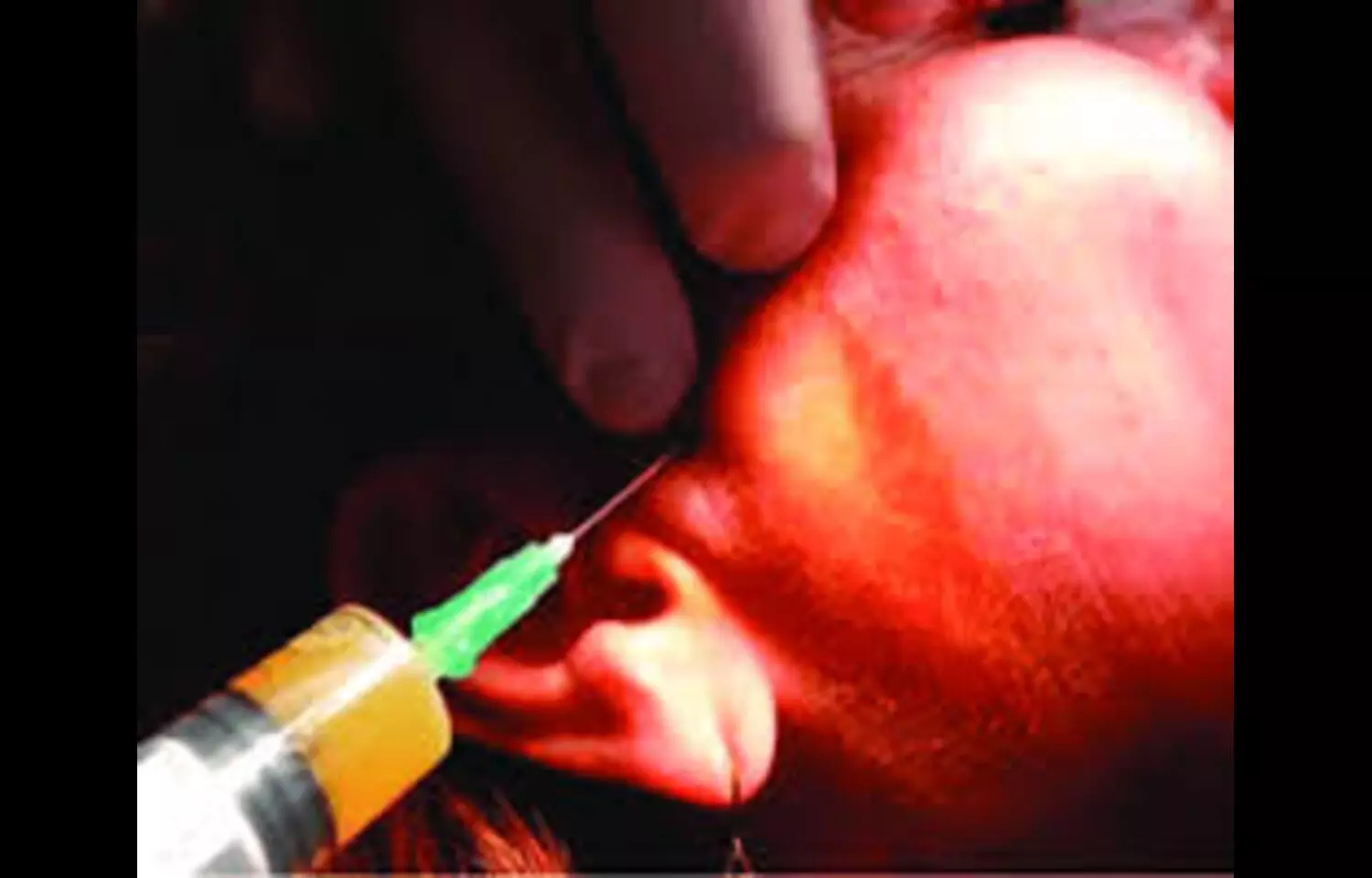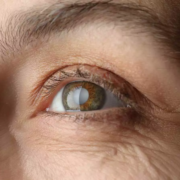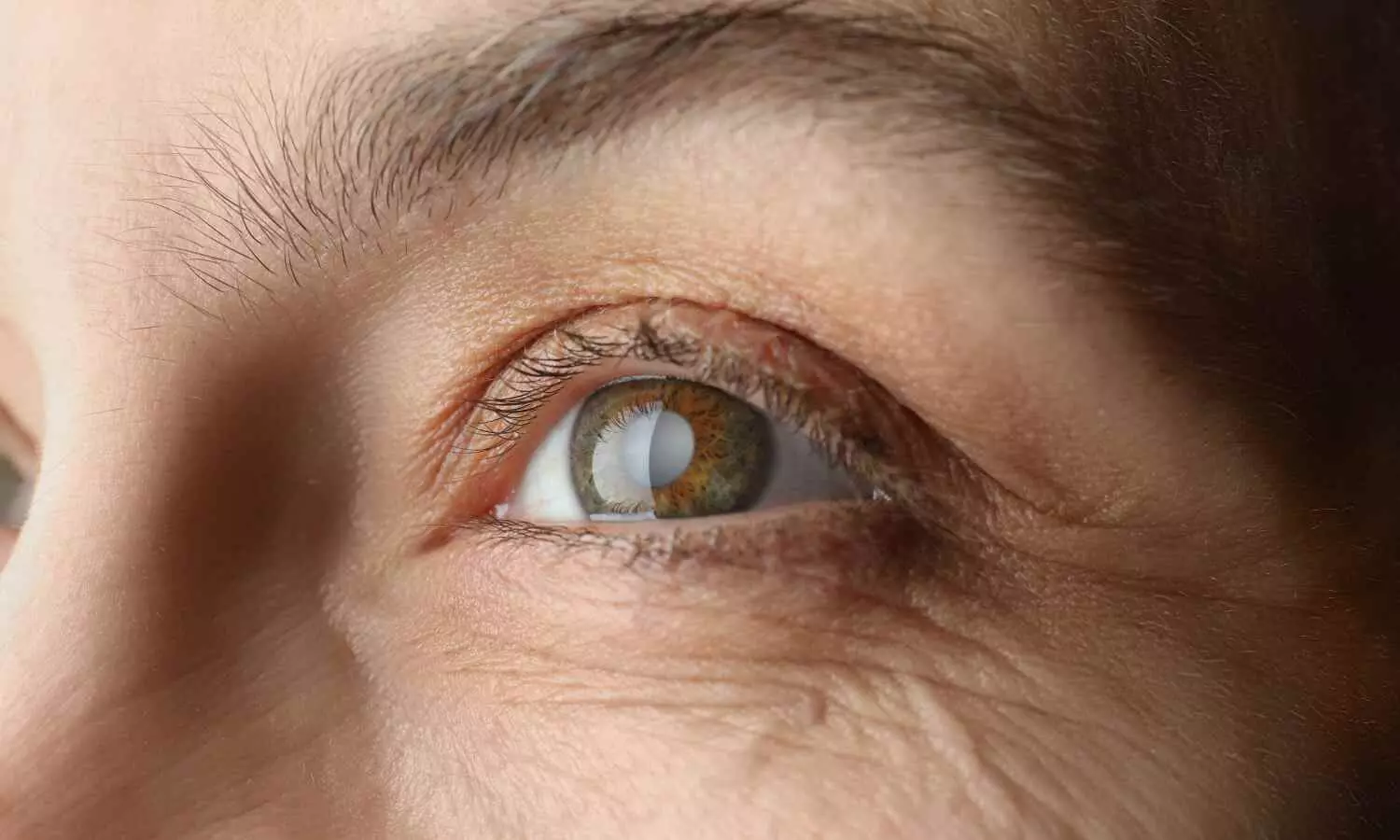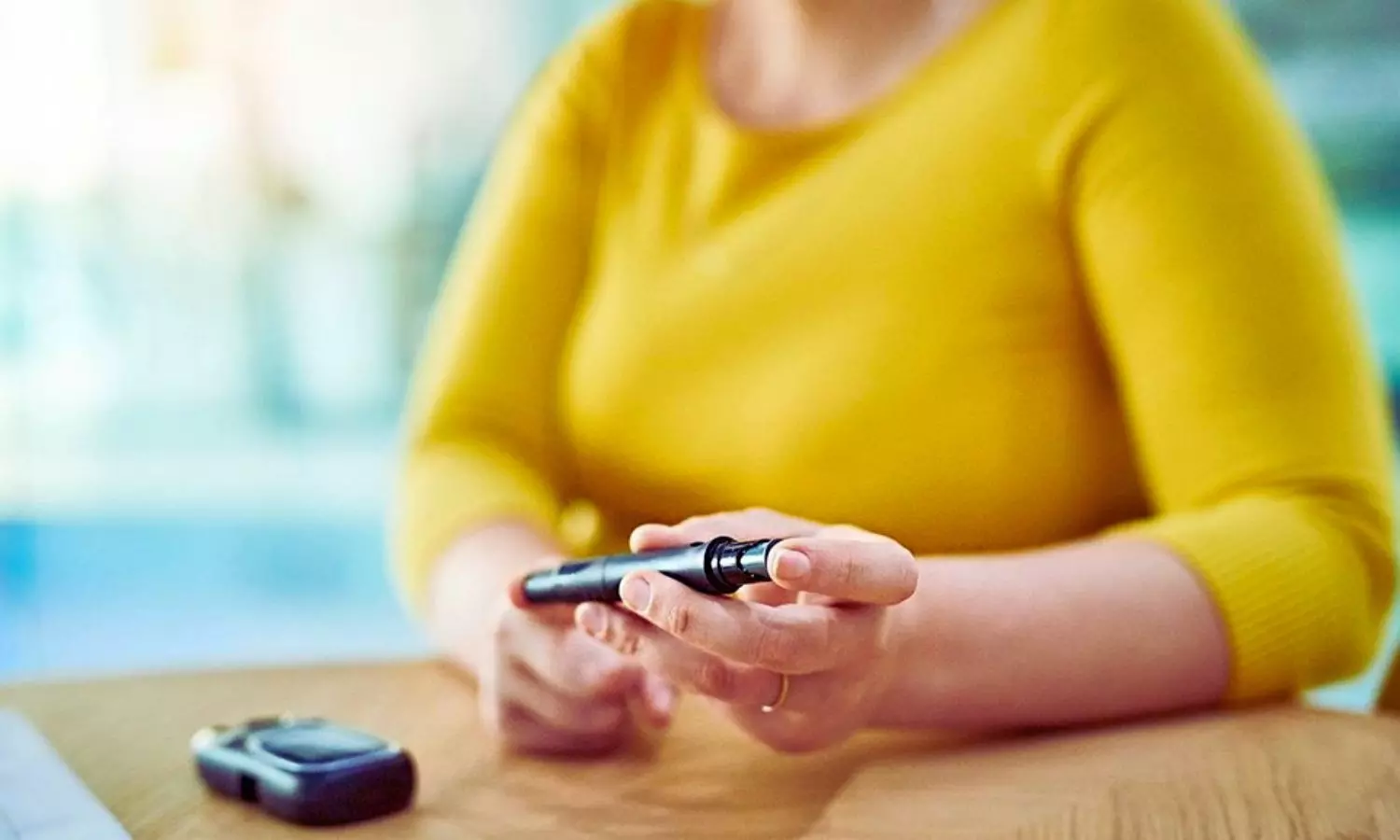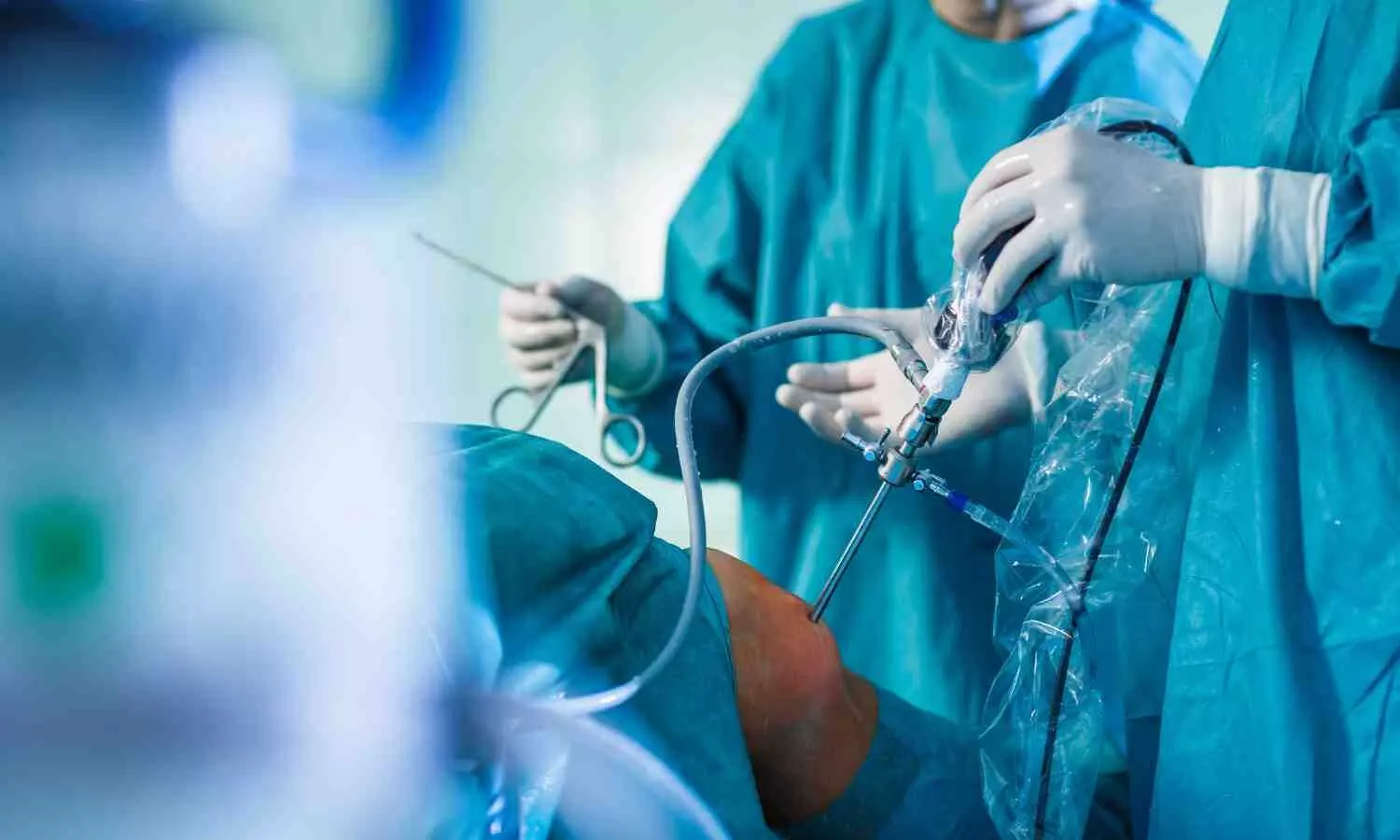Artificially sweetened and sugary drinks both associated with increased risk of liver disease, study finds

A major new study reveals that both sugar-sweetened beverages (SSBs) and low- or non-sugar-sweetened beverages (LNSSBs) are significantly associated with a higher risk of developing metabolic dysfunction-associated steatotic liver disease (MASLD).
The study, presented today at UEG Week 2025, followed 123,788 UK Biobank participants without liver disease at baseline. Beverage consumption was assessed using repeated 24-hour dietary questionnaires. Researchers examined the associations between SSB and LNSSB intake and the risks of developing MASLD, liver fat accumulation and liver-related mortality.
A higher intake of both LNSSBs and SSBs (>250g per day) was associated with a 60% (HR: 1.599) and 50% (HR: 1.469) elevated risk of developing MASLD, respectively. Over the median 10.3-year follow-up, 1,178 participants developed MASLD and 108 died from liver-related causes. While no significant association was observed for SSBs, LNSSB consumption was additionally linked to a higher risk of liver-related mortality. Both beverage types were also positively associated with higher liver fat content.
MASLD, formally known as non-alcoholic fatty liver disease (NAFLD), is a condition where fat accumulates in the liver, which overtime can cause inflammation (hepatitis) and symptoms such as pain, fatigue and loss of appetite.2 The disease has emerged as a global health burden since being recognised as the most common chronic liver disease, with experts estimating that it affects over 30% of people worldwide and is a rapidly increasing cause of liver-related deaths.
Lead author of the study, Lihe Liu, commented, “SSBs have long been under scrutiny, while their ‘diet’ alternatives are often seen as the healthier choice. Both, however, are widely consumed and their effects on liver health have not been well understood.”
“Our study shows that LNSSBs were actually linked to a higher risk of MASLD, even at modest intake levels such as a single can per day. These findings challenge the common perception that these drinks are harmless and highlight the need to reconsider their role in diet and liver health, especially as MASLD emerges as a global health concern.”
Liu noted the potential biological mechanisms that may underlie the observed risks, “The higher sugar content in SSBs can cause rapid spikes in blood glucose and insulin, promote weight gain and increase uric acid levels, all of which contribute to liver fat accumulation. LNSSBs, on the other hand, may affect liver health by altering the gut microbiome, disrupting the feeling of fullness, driving sweet cravings and even stimulating insulin secretion.”
The authors emphasised that these findings support limiting both SSBs and LNSSBs as part of a comprehensive prevention strategy, targeting not only liver disease but also cardio-renal-metabolic health. Replacing either beverage with water significantly reduced MASLD risk – by 12.8% for SSBs and 15.2% for LNSSBs – while substitution between the two types of beverages offered no risk reduction.
Liu added, “The safest approach is to limit both sugar-sweetened and artificially sweetened drinks. Water remains the best choice as it removes the metabolic burden and prevents fat accumulation in the liver, whilst hydrating the body.”
The researchers now aim to explore causal mechanisms more deeply through long-term, randomised and genetic trials with a focus on how sugar and its substitutes interact with the gut microbiome and influence liver disease.
Reference:
Artificially sweetened and sugary drinks are both associated with an increased risk of liver disease, study finds, Beyond, Meeting: UEG Week 2025.
Powered by WPeMatico


